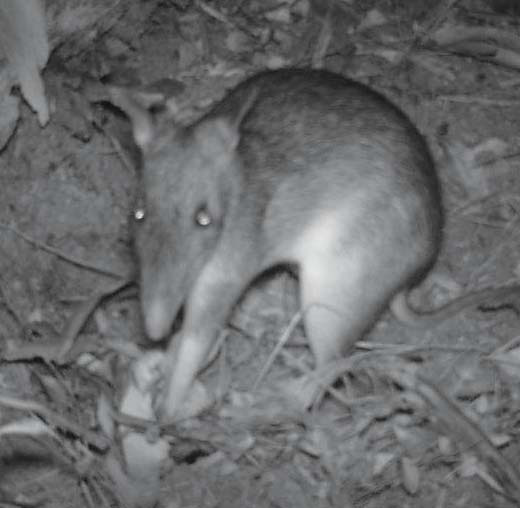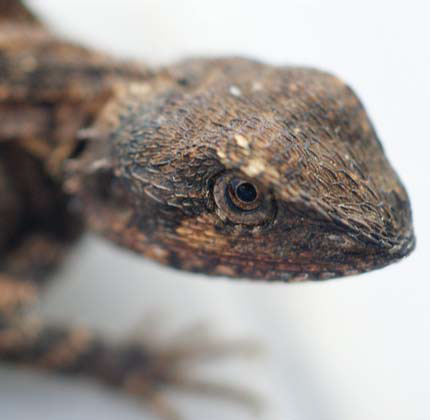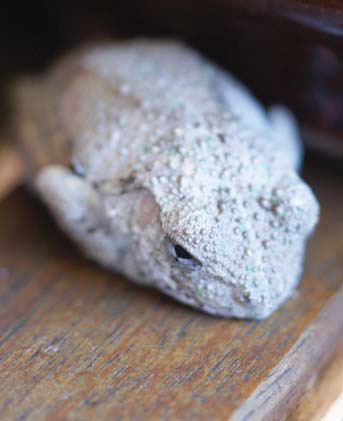After more than 13 years of living within the 5 km radius of the Brisbane CBD, we decided that it was time for some peace and quiet in the bush to listen to the birds and cicadas, rather than the noise of cars and doof music from yet another party.
We landed at Upper Brookfield on a 14 acre block of bush, otherwise known in real estate parlance as “6.5 hectares of completely unusable land” – unless you want to live amongst the birds and trees. The land also scrambles its way down steep slopes but is rewarded with two beautiful gullies leading into a tributary of the Pullen-Pullen Creek which almost always has at least some amount of water in it and when it flows, it really flows.
This lovely part of the Brisbane landscape, unfortunately, also contained large quantities of lantana (both the shrub and creeping variety) as well as a host of other weeds. The previous owners had done no weed management work at all.
Our first aim was to clear the Lantana camara within 12 months of moving to our new location (November 2010 to November 2011). This we (95%) achieved with two weeks to spare, other than a couple of almost unreachable locations and the sneaky bushes that always manage to hide when you are not looking.
We also dabbled with some Creeping Lantana control as well as getting rid of the Prickly Pears whenever we spot the very unpleasant spikey brutes.
Despite the weeds, it was clear that the land we had purchased still had very good native grass stock and of other native vegetation just waiting to spring into action once we had removed the lantana – just like peeling back the layers of an onion.
One of the first things we noticed was the number of Land for Wildlife signs all along the road to our property. We had initially dismissed it as little more than pretty signs.
In August 2011, we called Brisbane City Council to find out more, particularly as after some research we thought it would be a fantastic opportunity to protect our little patch of bush with a full covenant.
Within minutes, Land for Wildlife Officer, Cody Hochen, called us back to arrange a visit. After a comprehensive tour of the block, Cody had no hesitation in signing us as a registered Land for Wildlife partner and we put our sign up that very day.
Quite shortly after that inspection, Cody asked us whether we would like to borrow an infrared fauna monitoring camera. We, of course said yes and set it up in different locations with the anticipation of seeing what we had caught on lm the night before. Even though we had already seen phascogales, wallabies, bandicoots and possums, there is a far greater sense of being there when you get the footage of a bandicoot actively shoving its long nose into the soil or seeing swamp wallabies with their big square jaws chewing the grass just down slope from the house, and most prized of all, the very clear backside of an echidna wobbling past. Cody told us that this was the first echidna to be caught on camera. We have also taken footage of feral deer, leaves and grass moving, and a currawong that clearly felt it was a supermodel, but that’s nature for you.
We would like to commend Cody for his regular contact, on-call technical advice and support since we became part of the program. It is fantastic to know that the work we are doing standing on the edge of sheer slopes, getting dirt in your eyes, scratches on your legs and lantana up your nose, is appreciated and is part of the broader picture of protection and rehabilitation of South East Queensland’s native bushland.
We are lucky that our closest neighbour, who has been working on his block for much longer than us, has done a fantastic job on clearing the weeds and planting (despite the deer). It is much easier to be inspired when you know that you are creating one contiguous area of habitat.
For the next twelve months, we will invariably be doing maintenance weed work (aka you just cannot keep a good lantana down), planting a ridgetop butterfly garden and undertaking further fauna monitoring. We are also well and truly focussed on getting our higher covenant and ensuring an even stronger level of protection for this lovely habitat area.
 Long- nosed Bandicoot
Long- nosed Bandicoot
 Tommy Round-head Dragon
Tommy Round-head Dragon
 Emerald- spotted treefrog
Emerald- spotted treefrog
Article and images by Alan and Francis Hayter, Land for Wildlife members, Upper Brookfield, Brisbane

Hi Alan and Francis. Interesting to read of your wildlife encounters in Upper Brookfield. I had no idea you’d acquired such a Large and expansive property. Sounds like a peaceful and gratifying lifestyle.
We left Brisbane 4 years ago, and I’m just beginning to get over my withdrawal symptoms and missing the area where we spent 30 years of our lives. Anyway we’re settled in (sort of) and getting used to living in dysfunctional SA tucked away in Victor Harbor to be near my mum who’s in her 90’s. Hope your both in good health and enjoying your patch of forest. Cheers, Marianne.